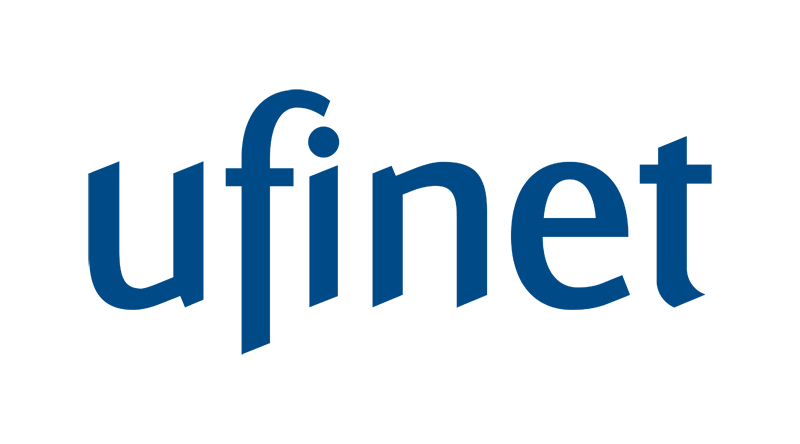FAQ - Frequently Asked Questions
What is a Fiber Optic?
An optical fiber or optical fiber is a flexible, transparent fiber made by drawing glass (silica) or plastic to a diameter slightly thicker than that of a human hair. Optical fibers typically include a core surrounded by a transparent cladding material with a lower index of refraction. Light is kept in the core by the phenomenon of total internal reflection which causes the fiber to act as a waveguide.
What is fiber optic used for?
Optical fibers are most often used to transmit light between the two ends of the fiber and find wide usage in fiber-optic communications, where they permit transmission over longer distances and at higher bandwidths than wire cables. Fibers are also used for illumination and imaging, and are often wrapped in bundles so that they may be used to carry light into, or images out of confined spaces, as in the case of a fiberscope. Specially designed fibers are also used for a variety of other applications, some of them being fiber optic sensors and fiber lasers.
Why is optical fiber better than regular wire cables?
Fibers are used instead of metal wires because signals travel along them with much less loss; in addition, fibers are immune to electromagnetic interference, a problem from which metal wires suffer excessively.
What are the advantages of using fiber optic vs copper wire systems?
- Broad bandwidth: A single optical fiber can carry over 3,000,000 full-duplex voice calls or 90,000 TV channels.
- Immunity to electromagnetic interference: Light transmission through optical fibers is unaffected by other electromagnetic radiation nearby. The optical fiber is electrically non-conductive, so it does not act as an antenna to pick up electromagnetic signals. Information traveling inside the optical fiber is immune to electromagnetic interference, even electromagnetic pulses generated by nuclear devices.
- Low attenuation loss over long distances: Attenuation loss can be as low as 0.2 dB/km in optical fiber cables, allowing transmission over long distances without the need for repeaters.
- Electrical insulator: Optical fibers do not conduct electricity, preventing problems with ground loops and conduction of lightning. Optical fibers can be strung on poles alongside high voltage power cables.
- Material cost and theft prevention: Conventional cable systems use large amounts of copper. Global copper prices experienced a boom in the 2000s, and copper has been a target of metal theft.
What are mono-mode and multi-mode fibers?
Fibers that support many propagation paths or transverse modes are called multi-mode fibers, while those that support a single mode are called mono-mode fibers. Multi-mode fibers generally have a wider core diameter and are used for short-distance communication links and for applications where high power must be transmitted. Mono-mode fibers are used for most communication links longer than 1,000 meters (3,300 ft). Ufinet only uses mono-mode fibers to keep the best quality transmission.
In order to so start a business relationship with UFINET, what are the next steps I should take?
First, you can contact us via email or via one of our contact forms on this website. Secondly, you would have to sign an NDA, or Non-Disclosure Agreement. After the signing of the NDA, we would proceed to hold a meeting between the parts to fully understand your needs and be able to give you the best solution to fulfill your requirements and those of your clients.
What is an NDA?
A non-disclosure agreement (NDA), also known as a confidentiality agreement (CA), confidential disclosure agreement (CDA), proprietary information agreement (PIA) or secrecy agreement (SA), is a legal contract between at least two parties that outlines confidential material, knowledge, or information that the parties wish to share with one another for certain purposes, but wish to restrict access to or by third parties. The most common forms of these are in corporation-client, doctor–patient confidentiality (physician–patient privilege), attorney–client privilege, priest–penitent privilege, and bank–client confidentiality (banker–client privilege) agreements. https://www.websitepolicies.com/blog/what-is-nda
Source: Wikipedia – Optical Fiber
Source: Wikipedia – NDA
If you have a question you want to be answered, please send an email to marketing@ufinet.com
